Where did the world come from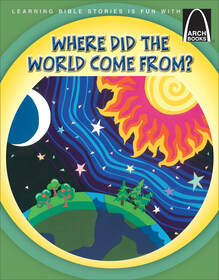 We are continuing to learn the hand motions for this delightful poem which is found in this book with colorful illustrations. This brings us back to Who made it all and Why we can explore it.
Read Aloud: The Sun and Stargazing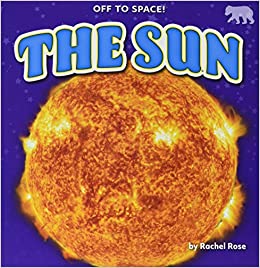 This is the first book that I read to the students today. It is a newer book with wonderful pictures that illustrated the tilt of the earth around the sun giving reason for the seasons. 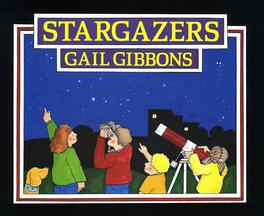 This is the second book that I read to the students after we learned that the Sun was a star. Points of learning this book touched on were:
Twinkle Twinkle Little StarHere is a little song that I taught the students to remember what stars are: Twinkle Twinkle Little Star You’re a ball of gas that’s far 32 light years in the sky 10 parsecs which is really high Helium and Hydrogen Fuse to make our starry friend When it enters supernova stage It explodes with bursts of rays. And if the star’s mass is big and bold It will become a black hole! How to find the North Star1. Find the Big Dipper 2. Look for the two stars at the right edge of the Big Dipper. 3. Follow these two stars (Dubhe and Merak) straight and there will be the North Star or Polaris. I used black construction paper and a white map pencil to draw a diagram of the Big Dipper, labeling the two stars on the right side of the dipper, Dubhe and Merak respectively. I then drew an arrow from these stars up to the North Star or Polaris so that the students would be able to find the North Star in the sky. Polaris is the last star on the handle of the Little Dipper as well. I had the students use star stickers to place on the dots. As the stars were colored, this was a great time to review the different colors of stars and their temperatures. Red stars are cooler, yellow stars are medium, and blue/white stars are hot. making a constellation viewer I prepped this activity for class but the directions on how to do this are on the printable along with the templates to cut out. 1. Paint the toilet paper rolls 2. Cut out the constellation viewer template 3. Use a straight pin to poke the holes 4. Use scissors to punch a hole in the middle for the straw 5. Cut a bendy straw in half and feed it through the constellation circle 6. Tape the constellation circle to the toilet paper roll and Voila!
0 Comments
Leave a Reply. |
Lead LearnerWelcome! My name is Nicole Fleming and I have been leading science learning in the Bryan/College Station homeschool community for over 10 years. Archives
April 2023
Categories |

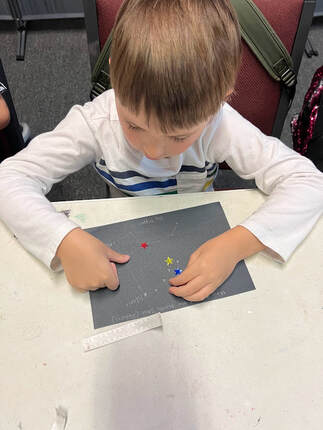

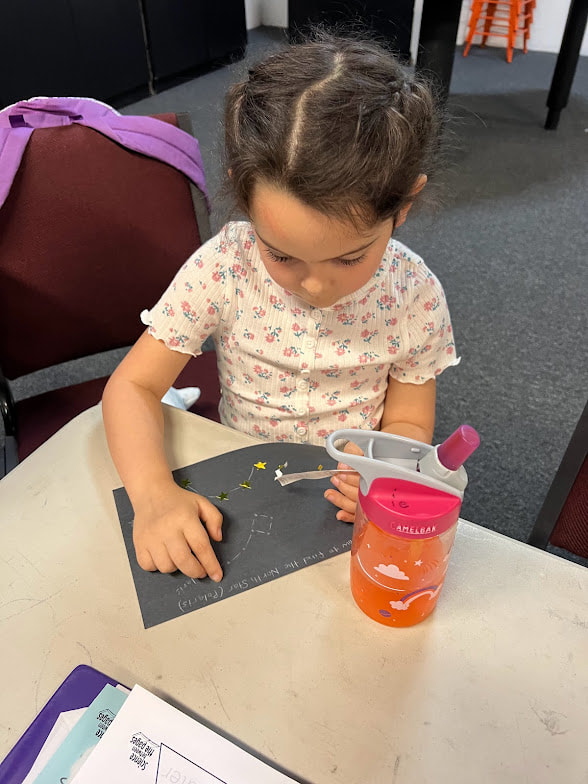
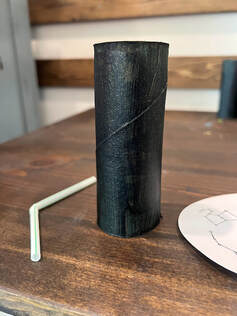
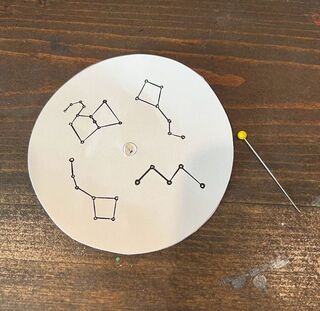
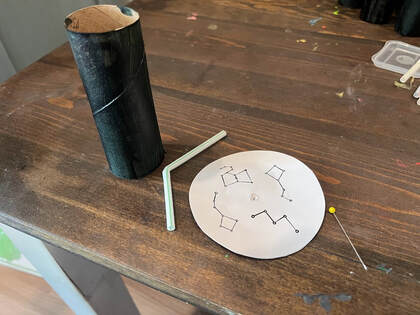
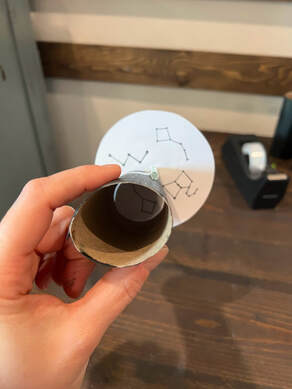

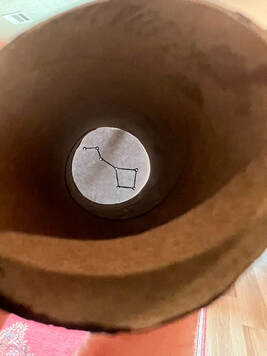
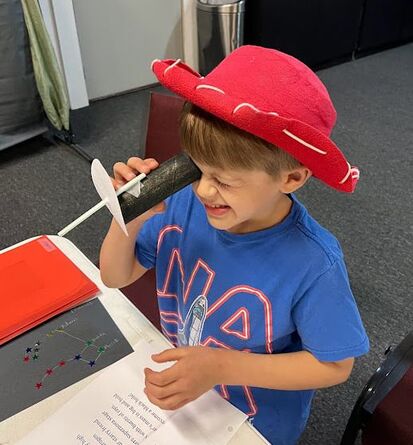
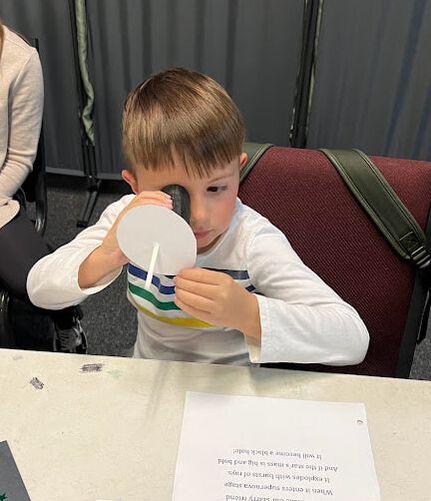
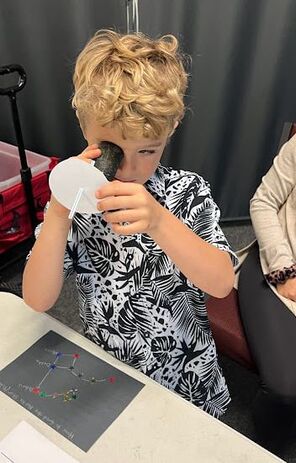
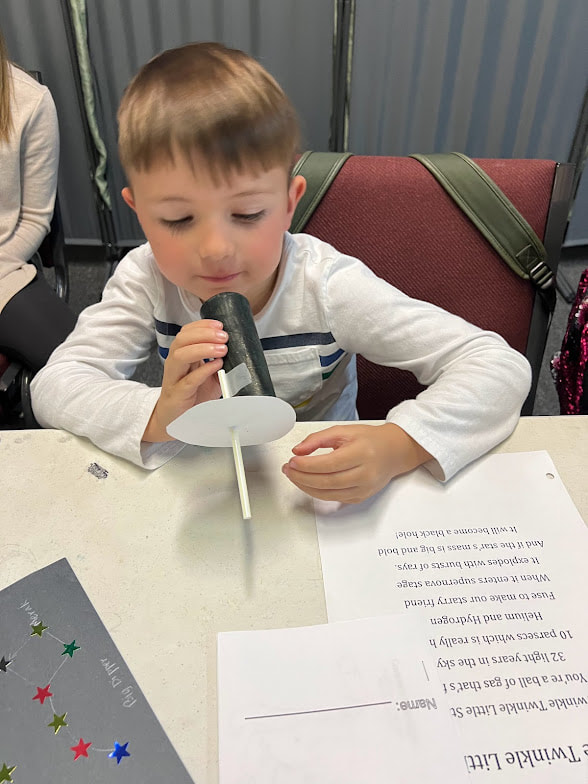
 RSS Feed
RSS Feed